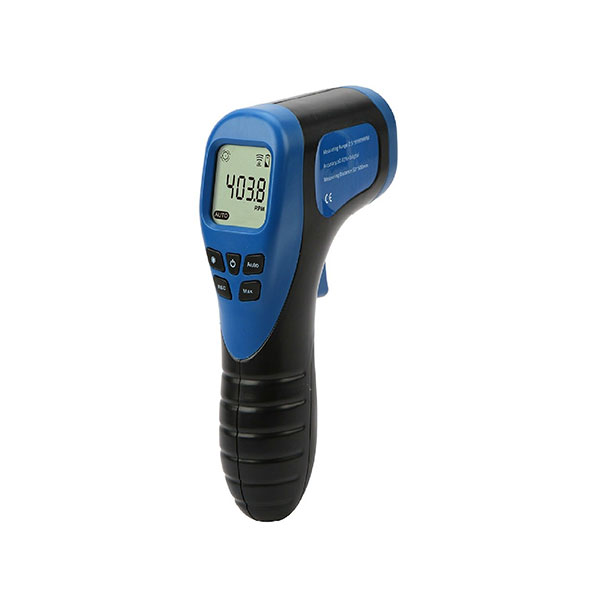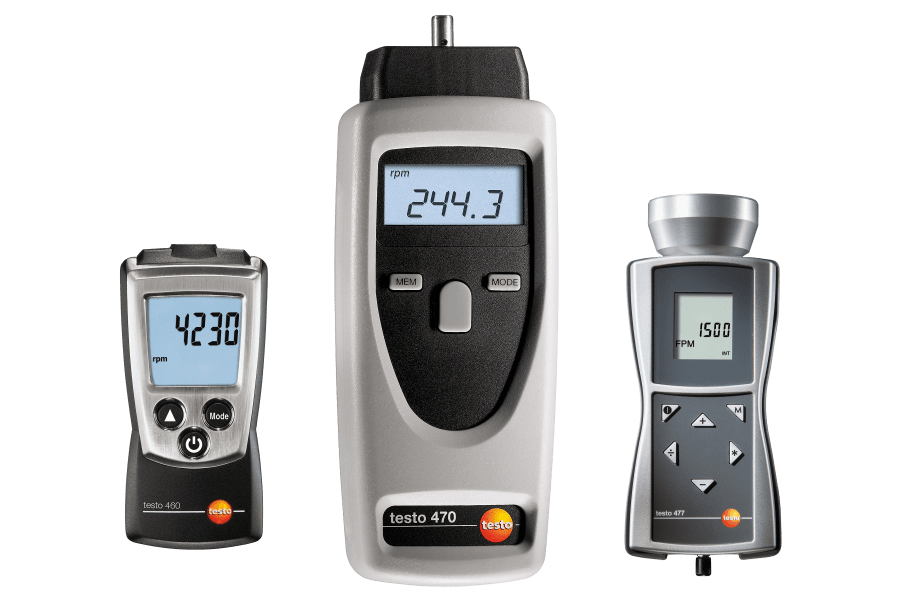Tachometer Fundamentals: Every Little Thing You Need to Know for Accurate Readings
Tachometer Fundamentals: Every Little Thing You Need to Know for Accurate Readings
Blog Article
The Significance of a Tachometer in Keeping Track Of Engine Rate and Performance in Automotive Applications
In the realm of automobile design, the tachometer stands as an essential instrument in the driver's arsenal, offering a straight window right into the inner workings of a lorry's engine. Past its function as a mere gauge of changes per minute (RPM), the tachometer works as a vital tool for fanatics and professionals alike, offering real-time understandings into engine performance and health and wellness. Comprehending the importance of this device goes past surface-level observations, delving into the detailed partnership in between engine speed, power outcome, and general driving experience. As we discover the multifaceted duty of the tachometer in automotive applications, a deeper appreciation for its influence on car characteristics and performance starts to arise.
Importance of Keeping An Eye On Engine RPM
Keeping an eye on engine RPM, or revolutions per min, is an essential facet of automotive maintenance and efficiency evaluation. Engine RPM straight associates with the rate at which the engine's crankshaft turns, suggesting exactly how promptly the engine is running - tachometer. By checking RPM, technicians can assess the wellness of the engine, discover possible concerns, and fine-tune performance. An abnormal RPM analysis may signal troubles such as engine misfires, malfunctioning ignition system, or concerns with the gas distribution system. Regularly high RPM analyses could show hostile driving behaviors or the demand for a greater equipment shift to boost fuel effectiveness.
Additionally, monitoring engine RPM is necessary for performance analysis in auto racing and high-performance cars. In recap, keeping track of engine RPM is not just vital for spotting concerns however also for optimizing engine performance in numerous automobile applications.

Benefits of Real-Time Data
In vehicle applications, real-time information plays a critical role in providing immediate insights right into the performance and condition of the car. By continuously keeping an eye on various criteria such as engine speed, temperature level, gas usage, and a lot more, real-time data offers various benefits that add to enhanced efficiency and safety and security when traveling.
Furthermore, real-time information promotes performance optimization by supplying immediate comments on driving practices and engine efficiency. Vehicle drivers can change their behavior in real-time based on this details to accomplish far better gas economic situation and lengthen the lifespan of their lorry.

Furthermore, real-time information plays an important role in modern-day automotive diagnostics, making it possible for service technicians to rapidly identify and address malfunctions. This causes lowered downtime, reduced upkeep expenses, and eventually, improved overall lorry reliability and longevity (tachometer). By using the power of real-time data, automotive stakeholders can make informed decisions that positively impact both the efficiency and longevity of the automobile
Influence On Gear Shifts
Efficient gear changes in vehicle applications significantly influence total performance and driving experience. The tachometer plays an important function in optimizing gear changes by supplying real-time engine speed information to the vehicle driver. When coming close to the redline on the tachometer, it indicates the motorist to upshift to protect against over-revving the engine and triggering possible damage. On the other hand, downshifting at the best moment can aid keep the engine in its power band, guaranteeing Get More Info receptive velocity when needed.
Furthermore, the tachometer aids in accomplishing smoother gear transitions, particularly in hand-operated transmissions. By keeping an eye on engine rate, drivers can carry out gear shifts at the optimal RPM array, lowering jerking activities and decreasing endure the transmission components. This precision on duty changes not only boosts driving comfort however likewise adds to sustain effectiveness.
Enhancing Fuel Efficiency
Provided the important function the tachometer plays in optimizing equipment shifts for efficiency and engine wellness, it directly adds to maximizing gas effectiveness in automobile applications. By providing real-time responses on engine speed, the tachometer aids motorists in maintaining one of the most reliable RPM range for gas economic climate. When drivers constantly keep track of the tachometer and readjust their driving habits appropriately, they can avoid unneeded fuel usage caused by over-revving or carrying the engine.
Moreover, the tachometer assists drivers recognize the most fuel-efficient gear to be in at any kind of given minute, avoiding the engine from functioning more challenging than required. This is specifically important throughout acceleration and cruising, where remaining in the appropriate gear can significantly affect gas performance. In addition, the tachometer can inform chauffeurs to possible mechanical problems that can be adversely affecting gas economic situation, such as a slipping clutch or a stopped up air filter. In verdict, the tachometer works as a valuable tool in improving gas performance by advertising optimal driving practices and determining locations for renovation in the vehicle's performance. my review here

Taking Full Advantage Of Engine Durability
The tachometer's function in keeping track of engine rate and performance is crucial in ensuring the longevity of vehicle engines. Keeping track of the tachometer permits chauffeurs to remain within the recommended RPM array for their car, protecting against unneeded strain on the engine and expanding its lifespan.

Conclusion
Finally, the tachometer plays an essential duty in keeping an eye on engine speed and efficiency in automobile applications. By providing real-time information on RPM, it allows for reliable equipment shifts, boosted fuel performance, and maximized engine durability. This tool is necessary for maintaining ideal engine efficiency and guaranteeing the total functionality of an automobile.
Report this page